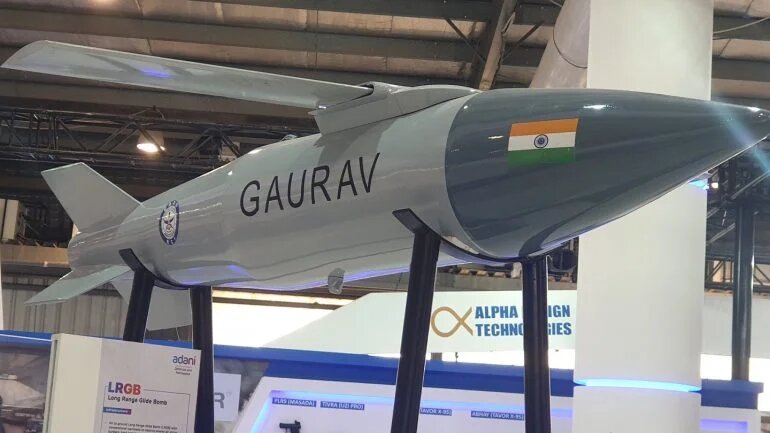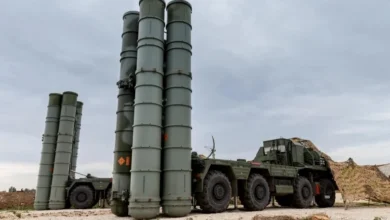All About India’s New Homegrown GAURAV Glide Bomb
Exploring the Features and Impact of India's GAURAV Glide Bomb

- Rajnath Singh, the Defence Minister, commended the recent test as a significant achievement for India's own defence capabilities
- India's dedication to advancing in-house military technology, such as GAURAV, demonstrates a firm commitment towards bolstering its sovereignty and improving the efficiency of its military forces.
In a move to strengthen India’s defence capabilities, the DRDO recently conducted a successful test of its domestically produced Long Range Glide Bomb, GAURAV, on a Su-30 MK-I aircraft.
On August 13, 2024, the maiden test flight of GAURAV, a long-range glide bomb developed by India’s military, was successfully carried out off the coast of Odisha. The bomb was launched from an IAF Su-30 MK-I aircraft and precisely hit its intended target, demonstrating the effectiveness of India’s domestically produced defense technology.
GAURAV is a 1,000kg class glide bomb, created by the DRDO and developed at the Research Centre Imarat in Hyderabad. It is designed to engage targets at extended ranges and uses a hybrid navigation system comprising of inertial navigation systems and GPS data. The bomb successfully demonstrated its precision in steering towards its desired target.
GAURAV’s successful deployment highlights India’s efforts to bolster its long-range strike capabilities. This partnership with prominent private sector companies, such as Adani Defence and Bharat Forge, further illustrates the increasing coordination between India’s public and private defence industries. This collaborative relationship is crucial for sustaining the country’s defence aspirations.
The successful test was closely monitored by senior DRDO scientists, while the Integrated Test Range along the Odisha coastline recorded flight data using telemetry and electro-optical tracking systems.
Based on the findings of GlobalData’s report, titled “The Global Missiles & Missile Defense Systems Market 2023-2033,” the DRDO is projected to generate a significant revenue of $14.8bn in the coming years. This can be attributed to its successful partnerships with the Indian Armed Forces for various domestic projects including Pralay, Agni, Astra MK, VSHORAD, and Project Vishnu.
Rajnath Singh, the Defence Minister, commended the recent test as a significant achievement for India’s own defence capabilities, demonstrating the government’s determination to decrease reliance on foreign military imports.
Among the existing indigenous orders is a batch of 83 Tejas MK-1A multirole combat aircraft. In addition, investments have been allocated for the development of a light combat helicopter, which was first commissioned in 2022 according to GlobalData’s analysis of the Indian defence industry.
India’s dedication to advancing in-house military technology, such as GAURAV, demonstrates a firm commitment towards bolstering its sovereignty and improving the efficiency of its military forces.







Facebook Comments